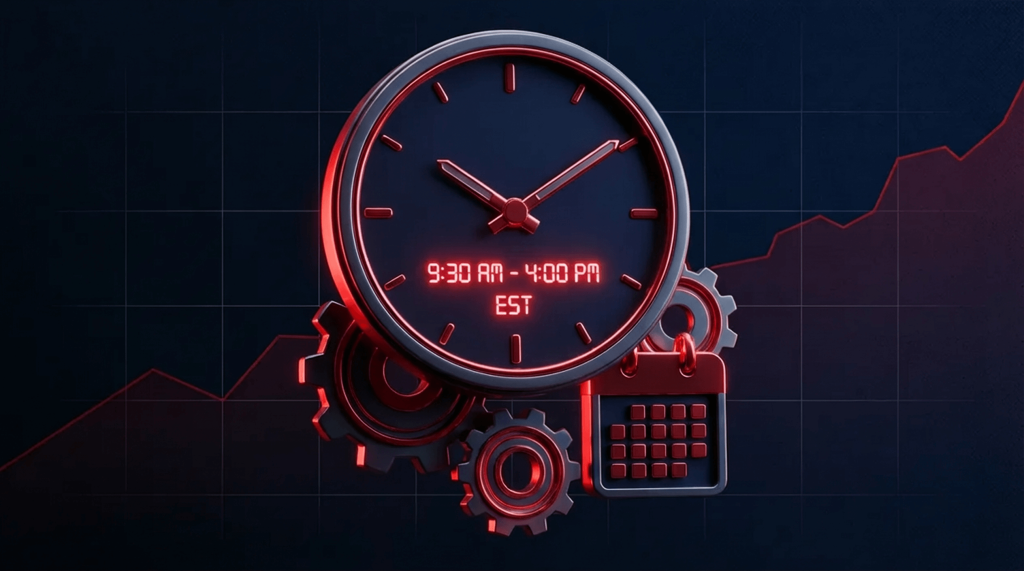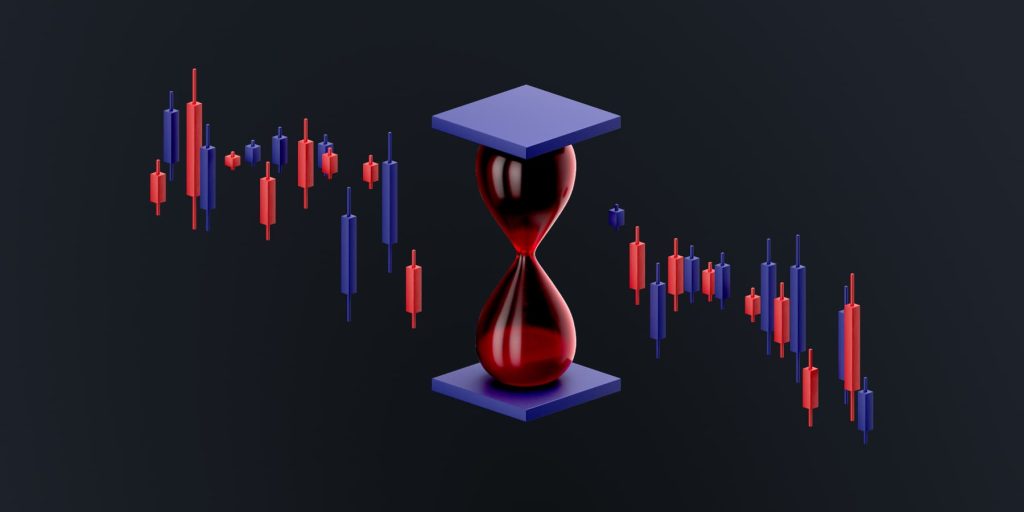
La guía definitiva para scalping, day trading, swing trading y position trading
Contenidos
Cuando se trata de estrategias comerciales Comprender las diferencias entre scalping, day trading, swing trading y trading de posición es crucial para cualquier trader que busque perfeccionar su enfoque. Cada estrategia tiene características, plazos y perfiles de riesgo únicos que se adaptan a diferentes traders. Este artículo profundiza en estos estilos de trading, ofreciendo una comparación detallada para ayudarte a decidir qué método se adapta mejor a tus objetivos.
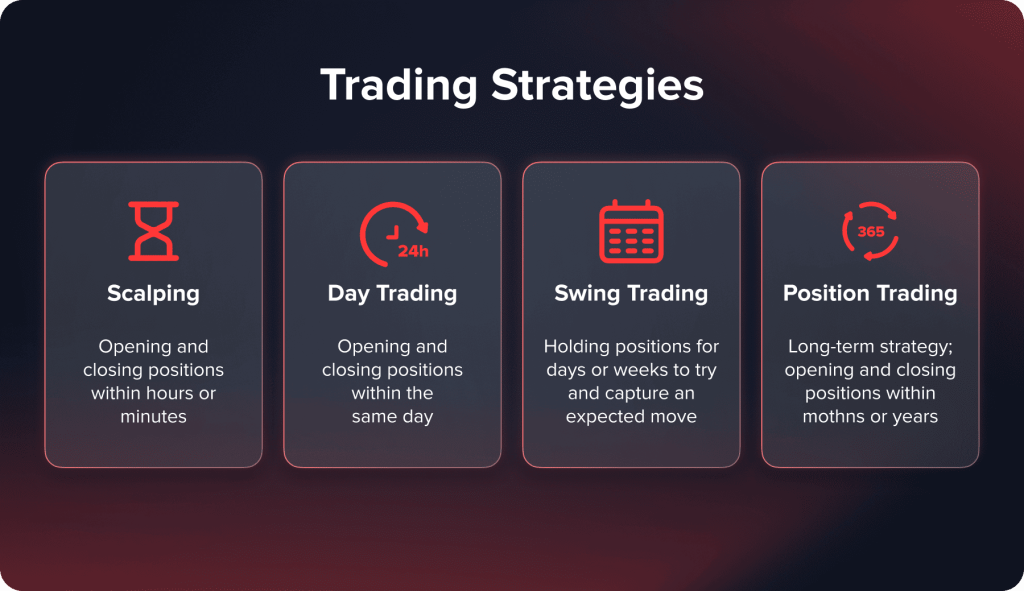
Especulación
El scalping es una estrategia de trading de alta frecuencia que implica realizar numerosas operaciones diarias para capturar pequeñas fluctuaciones de precios. Los scalpers buscan obtener ganancias rápidas de estas pequeñas fluctuaciones, a menudo manteniendo posiciones durante segundos o minutos. Este enfoque requiere una observación exhaustiva del mercado y la capacidad de tomar decisiones rápidas.
Características
- Marco de tiempo: Segundos a minutos.
- Objetivo: Capturar pequeños cambios de precios.
- Nivel de riesgo: Alto debido a las frecuentes transacciones.
- Herramientas necesarias: Plataforma de ejecución rápida, datos en tiempo real y herramientas de análisis técnico.
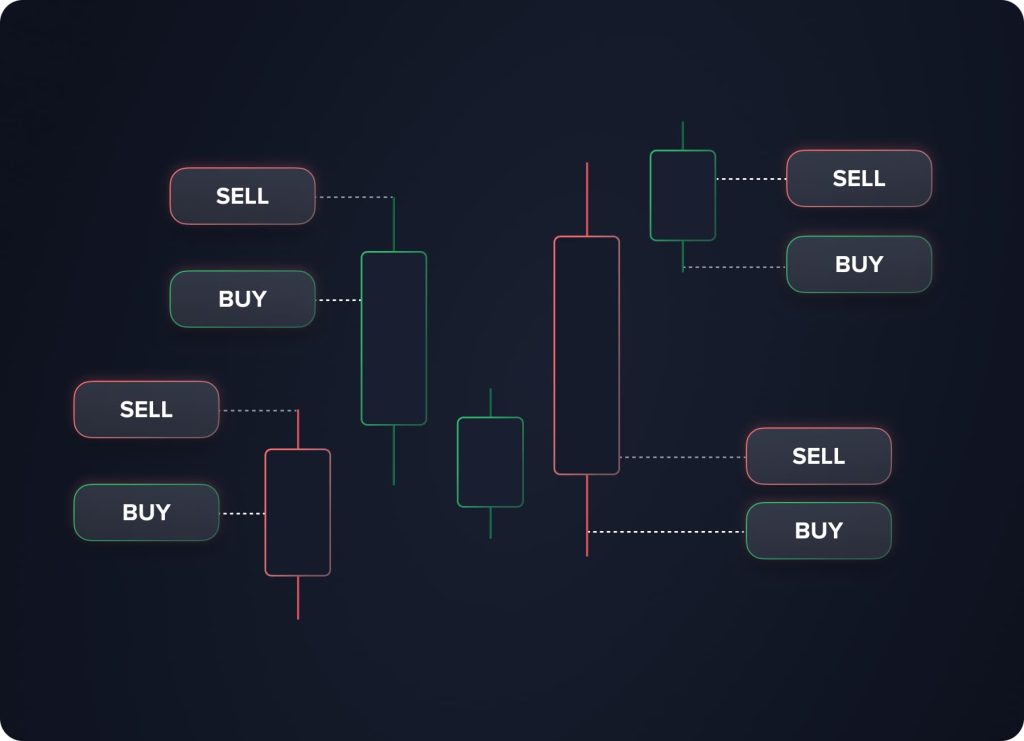
El scalping exige una concentración intensa y reflejos rápidos, lo que lo hace ideal para operadores que puedan dedicar un tiempo considerable a monitorear los mercados. La principal ventaja es la posibilidad de realizar numerosas operaciones rentables, aunque los costes de transacción y la necesidad de una presencia constante en el mercado pueden suponer un reto.
Ejecución de la estrategia
Los scalpers se basan en el análisis técnico en lugar del fundamental. Utilizan herramientas como medias móviles, bandas de Bollinger y osciladores estocásticos para identificar puntos de entrada y salida. El éxito del scalping también implica reconocer y explotar las ineficiencias del mercado a corto plazo. Esto requiere un profundo conocimiento de los patrones gráficos y las tendencias del mercado, así como la capacidad de... interpretar indicadores técnicos de forma rápida y precisa.
Velocidad y tecnología
Dado el rápido ritmo del scalping, contar con una plataforma de ejecución rápida es crucial. Los retrasos en la ejecución de órdenes pueden convertir una operación potencialmente rentable en una perdedora. Los scalpers suelen usar acceso directo al mercado (DMA) Los corredores reducen la latencia y garantizan la ejecución rápida de sus operaciones. Las plataformas de trading avanzadas con conexiones de baja latencia y datos en tiempo real son esenciales para obtener una ventaja competitiva en el mercado. El uso de software de trading automatizado puede mejorar aún más la velocidad y la precisión de las operaciones.
Gestión de riesgos
Si bien el scalping puede generar altos rendimientos, también conlleva un riesgo significativo. Los scalpers utilizan órdenes de stop-loss estrictas para limitar las posibles pérdidas. El alto volumen de operaciones implica que incluso las pequeñas pérdidas pueden acumularse rápidamente, por lo que es esencial mantener una gestión disciplinada del riesgo. Gestión eficaz de riesgos También implica establecer y adherirse a objetivos de ganancias predefinidos, minimizando así la toma de decisiones emocionales durante las operaciones.
Condiciones de mercado
El scalping es más efectivo en mercados con alta liquidez y volatilidad. Los mercados de divisas son especialmente adecuados para el scalping debido a sus grandes volúmenes de negociación y frecuentes fluctuaciones de precios. Los operadores deben mantenerse informados sobre las condiciones del mercado y las noticias que pueden causar fluctuaciones repentinas de precios. Monitorear los calendarios económicos y las noticias ayuda a los scalpers a anticipar los eventos que mueven el mercado y ajustar sus estrategias en consecuencia.
Costos y honorarios
Las operaciones frecuentes pueden generar costos de transacción considerables. Los scalpers deben tener en cuenta las comisiones, los diferenciales y las comisiones de corretaje. Elegir un bróker con precios competitivos es vital para maximizar las ganancias netas. Además, comprender el impacto del deslizamiento e implementar estrategias para minimizarlo puede ayudar a preservar la rentabilidad. Debido a sus altos volúmenes de operaciones, los scalpers suelen negociar comisiones más bajas con los brókeres.
You may also like

Factores psicológicos
El scalping requiere una mentalidad específica. Los operadores deben ser capaces de manejar el estrés de tomar decisiones rápidas y gestionar múltiples operaciones simultáneamente. El control emocional y la disciplina son fundamentales para evitar operar en exceso o reaccionar impulsivamente a los movimientos del mercado. Los scalpers deben desarrollar una rutina con descansos regulares para evitar el agotamiento y mantener un rendimiento óptimo.
Escenarios típicos del mercado
El scalping puede aplicarse en diversas condiciones de mercado, pero ciertas configuraciones son más favorables. Por ejemplo, durante periodos de baja volatilidad, los scalpers pueden aprovechar rangos de negociación estrechos comprando repetidamente en niveles de soporte y vendiendo en niveles de resistencia. Por el contrario, pueden aprovechar las fluctuaciones rápidas de precios durante periodos de alta volatilidad entrando y saliendo de operaciones rápidamente. Comprender los matices de las diferentes fases del mercado y adaptar las estrategias en consecuencia es crucial para el éxito.
El scalping puede ser una estrategia de trading gratificante para quienes dominan sus matices y se comprometen con las altas exigencias que impone en términos de tiempo, tecnología y resiliencia psicológica. Para tener éxito en el scalping, es fundamental perfeccionar continuamente las estrategias, mantenerse al día con las condiciones del mercado y mantener una gestión de riesgos rigurosa.
Comercio intradía
Comercio intradía Implica la compra y venta de instrumentos financieros en un mismo día, garantizando el cierre de todas las posiciones antes del cierre del mercado. Esta estrategia evita el riesgo nocturno y aprovecha las fluctuaciones diarias de precios.
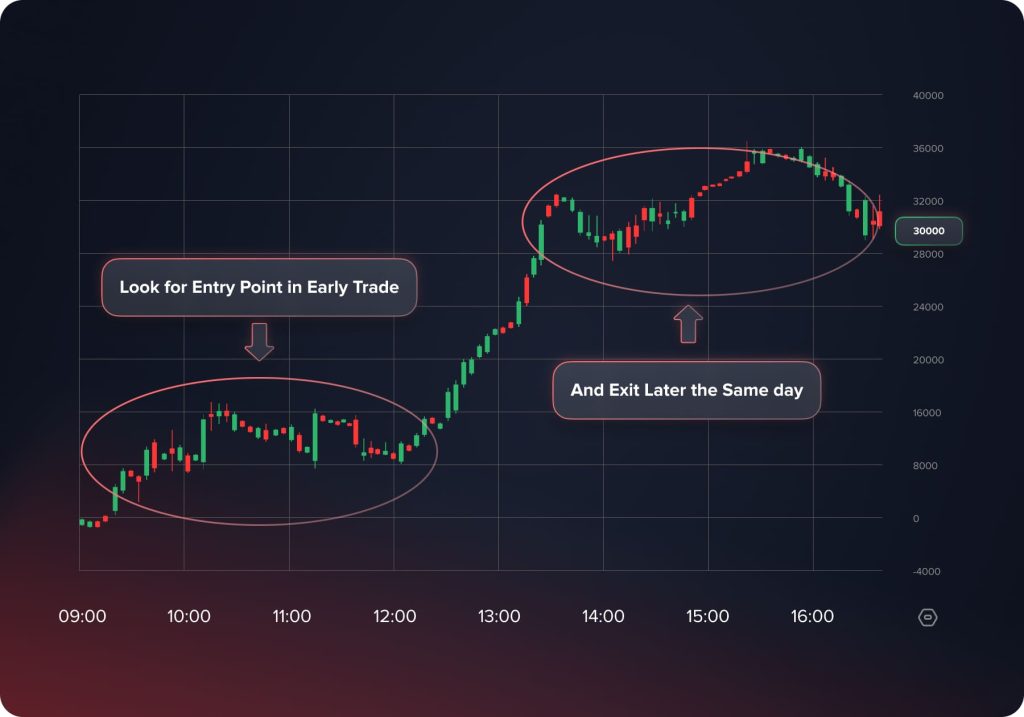
Características
- Marco de tiempo: intradiario, normalmente minutos u horas.
- Objetivo: Obtener beneficios de los movimientos de precios intradiarios.
- Nivel de riesgo: Moderado a alto, dependiendo de la volatilidad del mercado.
- Herramientas necesarias: software de gráficos avanzado, fuentes de noticias y escáneres de mercado.
Los operadores intradía dependen en gran medida del análisis técnico, los datos de mercado en tiempo real y las actualizaciones de noticias para tomar decisiones informadas. Esta estrategia requiere mucho tiempo y atención durante el horario de mercado, pero ofrece la flexibilidad de evitar riesgos nocturnos.
You may also like
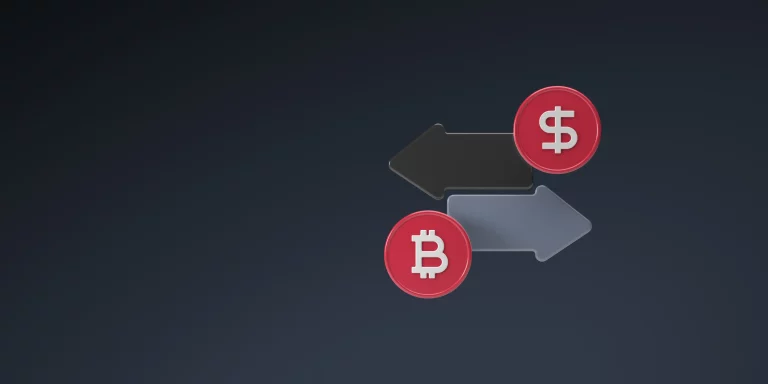
Ejecución de la estrategia
Los operadores intradía se centran en los movimientos de precios intradía y utilizan diversas herramientas de análisis técnico para identificar posibles oportunidades de trading. Los indicadores clave incluyen las medias móviles, el Índice de Fuerza Relativa (RSI) y las Bandas de Bollinger. Estas herramientas ayudan a los operadores a identificar los puntos de entrada y salida mediante el análisis de patrones y tendencias dentro de la jornada de trading. Además, los patrones de gráficos de velas, como los doji, los martillos y los envolventes, se utilizan con frecuencia para predecir la dirección y las reversiones del mercado.
Velocidad y tecnología
Una plataforma de trading rápida y fiable es esencial para el day trading. Los operadores necesitan datos en tiempo real y una ejecución rápida para aprovechar las fluctuaciones del mercado a corto plazo. Los sistemas de trading de alta frecuencia y las herramientas de trading algorítmico se emplean a menudo para automatizar las operaciones según criterios preestablecidos. Los operadores intradía también se benefician de las plataformas DMA, que proporcionan mayor liquidez y una ejecución de órdenes más rápida al conectarse directamente con las bolsas.
Gestión de riesgos
El day trading conlleva un riesgo significativo debido al rápido ritmo de negociación y la posibilidad de fluctuaciones sustanciales de precios. Es crucial contar con estrategias eficaces de gestión de riesgos, como el establecimiento de órdenes de stop-loss y niveles de take-profit para protegerse de movimientos adversos del mercado. Los operadores suelen utilizar una relación riesgo-beneficio para evaluar las posibles operaciones, buscando configuraciones donde la posible recompensa supere el riesgo. El dimensionamiento de las posiciones, donde los operadores determinan el tamaño de cada operación en función de su tolerancia al riesgo, es otro aspecto crucial de la gestión de riesgos.
Condiciones de mercado
El day trading es más efectivo en mercados volátiles con fluctuaciones de precios frecuentes y sustanciales. Los operadores deben mantenerse informados sobre las condiciones del mercado y los eventos económicos que pueden desencadenar fluctuaciones de precios. El seguimiento de los calendarios económicos para anuncios como informes del PIB, decisiones sobre tasas de interés y datos de empleo ayuda a los operadores a anticipar y reaccionar ante las noticias que influyen en el mercado. Comprender el sentimiento del mercado a través de las noticias y las redes sociales también puede proporcionar información valiosa.
Costos y honorarios
Las operaciones frecuentes pueden generar altos costos de transacción, incluyendo comisiones, spreads y comisiones de cambio. Los operadores intradía deben elegir brókeres que ofrezcan precios competitivos para maximizar sus ganancias. Además, comprender el impacto del deslizamiento (la diferencia entre el precio esperado de una operación y el precio real) puede ayudar a los operadores a gestionar los costos. Usar brókeres con baja latencia y spreads ajustados puede minimizar el impacto en los costos de las operaciones frecuentes.
Factores psicológicos
El day trading requiere una sólida disciplina mental y control emocional. Los operadores deben ser capaces de tomar decisiones rápidas bajo presión y evitar que las emociones influyan en sus decisiones. Desarrollar y ceñirse a un plan de trading puede ayudar a gestionar el estrés y reducir la tentación de desviarse de las estrategias probadas. Los descansos regulares y una rutina equilibrada son esenciales para mantener la concentración y evitar el agotamiento. También es importante que los operadores intradía se mantengan adaptables, ajustando sus estrategias a medida que cambian las condiciones del mercado.
Escenarios típicos del mercado
El day trading puede aplicarse a diversos instrumentos financieros, como acciones, divisas, materias primas y criptomonedas. Cada mercado ofrece oportunidades y desafíos únicos. Por ejemplo, el mercado bursátil puede presentar oportunidades durante la temporada de resultados, mientras que los mercados de divisas pueden verse influenciados por eventos geopolíticos y políticas de los bancos centrales. Comprender la dinámica específica del mercado elegido es esencial para el éxito en el day trading. Identificar los periodos de alto volumen de operaciones, como los horarios de apertura y cierre de las principales bolsas de valores, también puede ofrecer oportunidades lucrativas.
El day trading puede ser rentable para quienes dominan sus complejidades y dedican el tiempo y el esfuerzo necesarios. El éxito en el day trading implica aprendizaje continuo, adaptación a las condiciones del mercado y prácticas disciplinadas de gestión de riesgos.
Comercio de swing
El swing trading se centra en obtener ganancias de las fluctuaciones de precios durante un periodo de varios días a semanas. Los swing traders buscan posibles fluctuaciones de precios en el mercado, abriendo operaciones según las tendencias y manteniendo posiciones hasta que se produzca la fluctuación prevista.
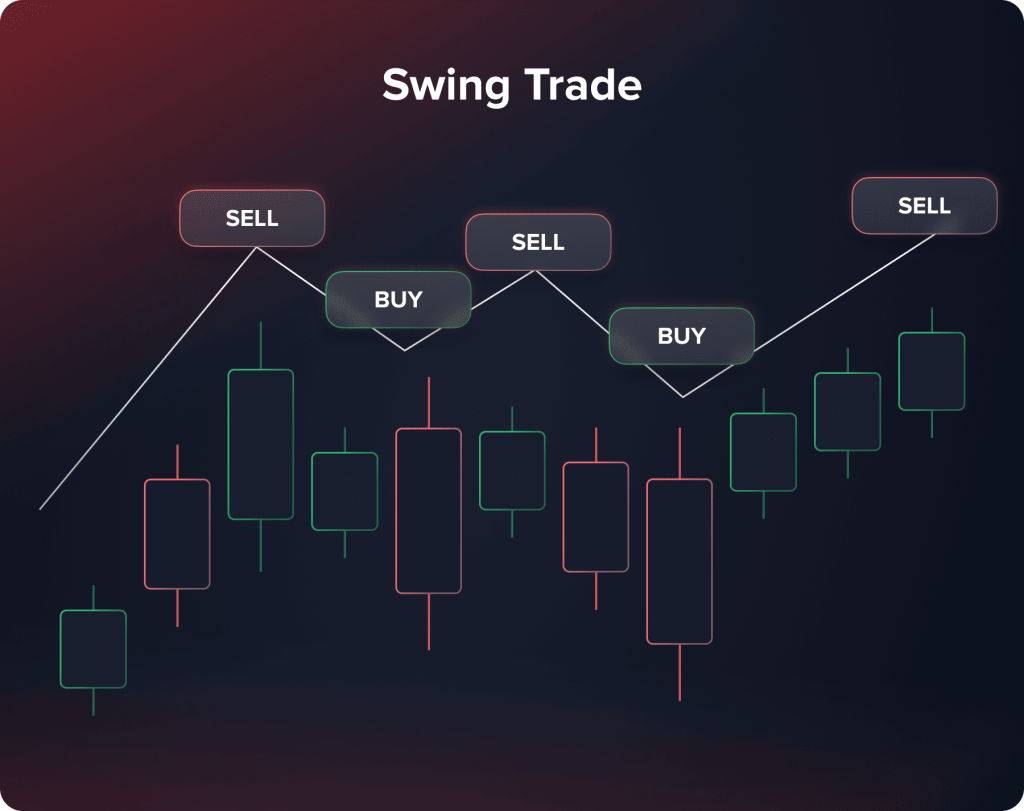
Características
- Marco de tiempo: Días a semanas.
- Objetivo: Capturar ganancias a corto y mediano plazo.
- Nivel de riesgo: Moderado, con exposición a riesgos nocturnos y de fin de semana.
- Herramientas necesarias: herramientas de análisis de tendencias, indicadores técnicos y análisis de noticias económicas.
Esta estrategia requiere menos tiempo que el day trading, lo que la hace ideal para operadores que no pueden monitorear los mercados constantemente. El swing trading requiere un buen conocimiento de las tendencias del mercado y paciencia para mantener posiciones ante la posible volatilidad a corto plazo.
Ejecución de la estrategia
Los operadores de swing trading buscan aprovechar las fluctuaciones del mercado, que oscilan entre máximos y mínimos dentro de una tendencia. Suelen utilizar una combinación de análisis técnico y fundamental para identificar posibles puntos de entrada y salida. Entre las herramientas clave se encuentran las medias móviles, el MACD (Media Móvil Convergencia Divergencia) y los niveles de retroceso de Fibonacci. Estos indicadores ayudan a los operadores a identificar la dirección y la fuerza de una tendencia, así como los posibles puntos de reversión.
Velocidad y tecnología
Si bien el swing trading no requiere las rápidas velocidades de ejecución esenciales para el scalping o el day trading, contar con una plataforma de trading fiable sigue siendo fundamental. Los swing traders se benefician de plataformas que ofrecen herramientas avanzadas de gráficos, datos en tiempo real y opciones de trading automatizadas. Las alertas automatizadas y las funciones de trading algorítmico pueden ayudar a los swing traders a aprovechar las oportunidades incluso cuando no están monitoreando activamente el mercado. Plataformas como MetaTrader 4 (MT4), MetaTrader 5 (MT5) y TradingView son populares entre los swing traders por sus robustas herramientas analíticas e interfaces intuitivas.
Gestión de riesgos
Una gestión eficaz del riesgo es crucial para el swing trading. Los operadores utilizan órdenes stop-loss para limitar posibles pérdidas y proteger su capital. También emplean técnicas de dimensionamiento de posiciones para garantizar que ninguna operación afecte significativamente a su cartera general. Al establecer órdenes stop-loss en niveles estratégicos, como por debajo del soporte o por encima de la resistencia, los operadores de swing trading pueden gestionar el riesgo y, al mismo tiempo, dar a sus operaciones suficiente margen de desarrollo.
Condiciones de mercado
El swing trading es más efectivo en mercados con tendencia, donde los precios se mueven de forma constante en una dirección clara. Los operadores deben mantenerse informados sobre las condiciones del mercado y ser capaces de identificar cuándo un mercado está en tendencia y cuándo está dentro de un rango. Las noticias económicas, los informes de resultados y los eventos geopolíticos pueden influir en las tendencias del mercado, y los operadores de swing trading deben mantenerse al día sobre estos factores. También monitorean los indicadores de sentimiento y el volumen para evaluar la fuerza de una tendencia.
Costos y honorarios
Si bien el swing trading suele generar menores costos de transacción que el day trading, los operadores deben considerar las comisiones de corretaje, los diferenciales y los posibles cargos por financiamiento nocturno (tasas de swap). Estos costos pueden acumularse, especialmente si se mantienen posiciones durante períodos prolongados. Es importante elegir un bróker con comisiones competitivas y comprender la estructura de costos asociada con el mantenimiento de posiciones nocturnas.
Factores psicológicos
El swing trading requiere paciencia y disciplina emocional. Los operadores deben ser capaces de soportar la presión psicológica de mantener posiciones durante las fluctuaciones del mercado y resistir la tentación de reaccionar impulsivamente a las fluctuaciones de precios a corto plazo. Desarrollar y adherirse a un plan de trading bien definido puede ayudar a gestionar las emociones y mantener la consistencia. Los operadores de swing trading deben mantenerse comprometidos con su análisis y evitar la tentación de cuestionar sus estrategias basándose en el ruido del mercado a corto plazo.
Escenarios típicos del mercado
El swing trading puede aplicarse a diversos instrumentos financieros, como acciones, Forex, materias primas y criptomonedas. Cada mercado tiene características únicas, y los operadores de swing trading deben comprender estos matices para aplicar sus estrategias eficazmente. Por ejemplo, los mercados Forex pueden ofrecer oportunidades en torno a importantes publicaciones económicas, mientras que los mercados bursátiles pueden presentar escenarios durante la temporada de resultados o después de noticias importantes.
El swing trading puede ser gratificante para quienes dominan sus principios y están dispuestos a mantener posiciones incluso en la volatilidad a corto plazo. El éxito en el swing trading implica aprendizaje continuo, adaptación a las condiciones del mercado y prácticas disciplinadas de gestión de riesgos.
Comercio de posición
El trading de posición es una estrategia a largo plazo en la que los operadores mantienen posiciones durante semanas, meses o incluso años. Este enfoque se basa en el análisis fundamental y en la creencia de que el precio del activo fluctuará significativamente durante un período prolongado.
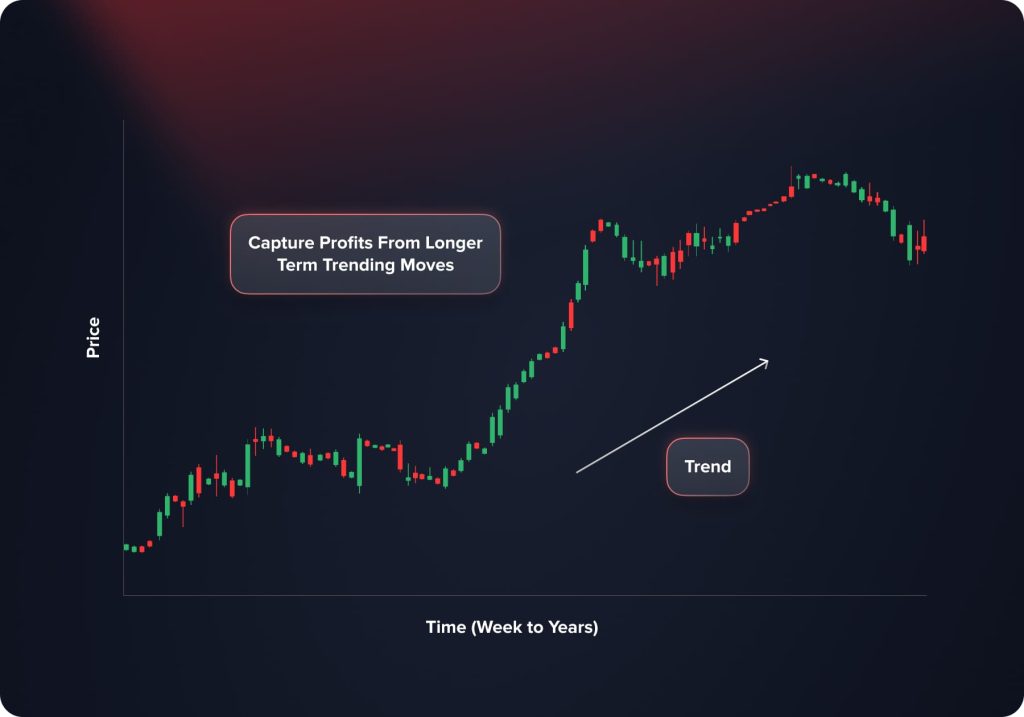
Características
- Marco de tiempo: Semanas a años.
- Objetivo: beneficiarse de las tendencias de precios a largo plazo.
- Nivel de riesgo: menor riesgo a corto plazo pero mayor exposición a los cambios del mercado a lo largo del tiempo.
- Herramientas necesarias: herramientas de análisis fundamental, indicadores macroeconómicos y noticias financieras.
El trading de posición es ideal para quienes prefieren un enfoque más pasivo y están dispuestos a mantener posiciones durante las fluctuaciones del mercado. Esta estrategia requiere un profundo conocimiento de los factores subyacentes que impulsan las tendencias del mercado y la paciencia para esperar movimientos significativos de precios.
Ejecución de la estrategia
Los operadores de posición se centran en las tendencias a largo plazo y suelen utilizar el análisis fundamental para evaluar el valor intrínseco de un activo. Esto implica examinar indicadores económicos, estados financieros, condiciones del sector y eventos geopolíticos. Entre las herramientas clave se incluyen los informes de resultados, las tasas de crecimiento del PIB, las tendencias de los tipos de interés y los datos de inflación. El análisis técnico también influye, pero generalmente se utiliza para identificar los puntos óptimos de entrada y salida dentro de la tendencia general. Los operadores de posición suelen consultar gráficos semanales y mensuales para identificar niveles de soporte y resistencia significativos.
Velocidad y tecnología
Si bien el trading de posición no requiere la rápida ejecución del scalping o el day trading, se beneficia de una tecnología robusta que proporciona datos de mercado completos y herramientas de análisis. Los operadores de posición confían en plataformas que ofrecen datos históricos detallados, herramientas avanzadas de gráficos y acceso a noticias e informes financieros. Las alertas automatizadas sobre eventos importantes del mercado y anuncios económicos también pueden ser valiosas. Plataformas como Bloomberg Terminal y Reuters Eikon son populares entre los operadores de posición por sus amplias capacidades de investigación y su información en tiempo real.
Gestión de riesgos
El trading de posición implica gestionar riesgos a largo plazo, incluyendo fluctuaciones significativas del mercado debido a cambios económicos o eventos geopolíticos. Los operadores utilizan órdenes de stop-loss para proteger sus inversiones de pérdidas sustanciales y pueden emplear órdenes de stop-loss dinámicos para asegurar ganancias cuando el mercado fluctúa favorablemente. La diversificación es otra estrategia clave de gestión de riesgos, que consiste en distribuir las inversiones entre... diferentes activos o sectores para mitigar el impacto de movimientos adversos en cualquier posición. Las revisiones periódicas de la cartera ayudan a los operadores de posición a ajustar sus posiciones según las condiciones cambiantes del mercado y la nueva información.
Condiciones de mercado
El trading de posición es más efectivo en mercados donde las tendencias a largo plazo son más predecibles y menos sujetas a la volatilidad a corto plazo. Esta estrategia requiere mantenerse informado sobre los factores macroeconómicos y los eventos globales que pueden influir en las tendencias del mercado. Los operadores de posición deben ser expertos en la interpretación de datos económicos y comprender cómo impactan sus inversiones. Monitorear las políticas de los bancos centrales, las regulaciones gubernamentales y los acuerdos comerciales internacionales es crucial para anticipar las fluctuaciones del mercado a largo plazo. Por ejemplo, las tendencias en las tasas de interés o los cambios significativos en las políticas de las principales economías pueden afectar profundamente las fluctuaciones de precios a largo plazo.
Costos y honorarios
El trading de posición generalmente implica menores costos de transacción que las estrategias de trading de alta frecuencia. Sin embargo, los operadores deben considerar costos potenciales como comisiones de gestión, intereses de margen e impuestos sobre las ganancias de capital a largo plazo. Es importante elegir corredores que ofrezcan comisiones competitivas y políticas que se ajusten a las operaciones a largo plazo. Comprender las implicaciones fiscales de las inversiones a largo plazo, incluyendo tasas impositivas preferenciales sobre las ganancias de capital a largo plazo, puede ayudar a optimizar la rentabilidad. Además, los operadores de posición deben ser conscientes de las posibles comisiones de mantenimiento de cuenta asociadas con el mantenimiento de posiciones durante períodos prolongados.
Factores psicológicos
El trading de posición requiere mucha paciencia y disciplina emocional. Los operadores deben sentirse cómodos manteniendo posiciones durante periodos de volatilidad del mercado y sin reaccionar impulsivamente a las fluctuaciones a corto plazo. Es crucial desarrollar una tesis de inversión bien pensada y mantenerla a pesar de la volatilidad del mercado. Los operadores de posición también deben estar preparados para reevaluar sus estrategias si las suposiciones subyacentes sobre una inversión cambian significativamente. Mantener una perspectiva a largo plazo y evitar la tentación de consultar los precios del mercado con frecuencia puede ayudar a mitigar el estrés emocional.
Escenarios típicos del mercado
El trading de posición puede aplicarse a diversos instrumentos financieros, como acciones, bonos, materias primas y Forex. Esta estrategia es especialmente eficaz para inversores que comprenden sus mercados y pueden identificar oportunidades de crecimiento a largo plazo. Los operadores de posición suelen buscar activos con sólidos indicadores fundamentales, como empresas con un sólido crecimiento de beneficios, una gestión estable y ventajas competitivas. En el mercado Forex, los operadores pueden centrarse en divisas de países con sólidos fundamentos económicos y diferenciales de tipos de interés favorables.
El trading de posición puede ser una estrategia muy gratificante para quienes tienen la paciencia y la disciplina para mantener posiciones a largo plazo. El éxito en el trading de posición implica un profundo conocimiento de los fundamentos del mercado, una gestión disciplinada del riesgo y mantenerse informado sobre las tendencias económicas generales.
Conclusión
Cada estrategia de trading (scalping, day trading, swing trading y trading de posición) ofrece ventajas y desafíos distintos. El scalping y el day trading requieren una interacción constante con el mercado y una toma de decisiones rápida, mientras que el swing trading y el trading de posición ofrecen mayor flexibilidad, pero requieren un profundo conocimiento de las tendencias y los fundamentos del mercado. Puede elegir la estrategia que mejor se adapte a sus necesidades evaluando su dedicación de tiempo, tolerancia al riesgo y objetivos de trading. Comprender estas diferencias es esencial para desarrollar un plan de trading sólido y adaptado a sus preferencias y perspectivas del mercado. Tanto si busca ganancias rápidas como crecimiento a largo plazo, seleccionar el estilo de trading adecuado es crucial para alcanzar sus objetivos financieros.
Actualizado:
19 de diciembre de 2024


